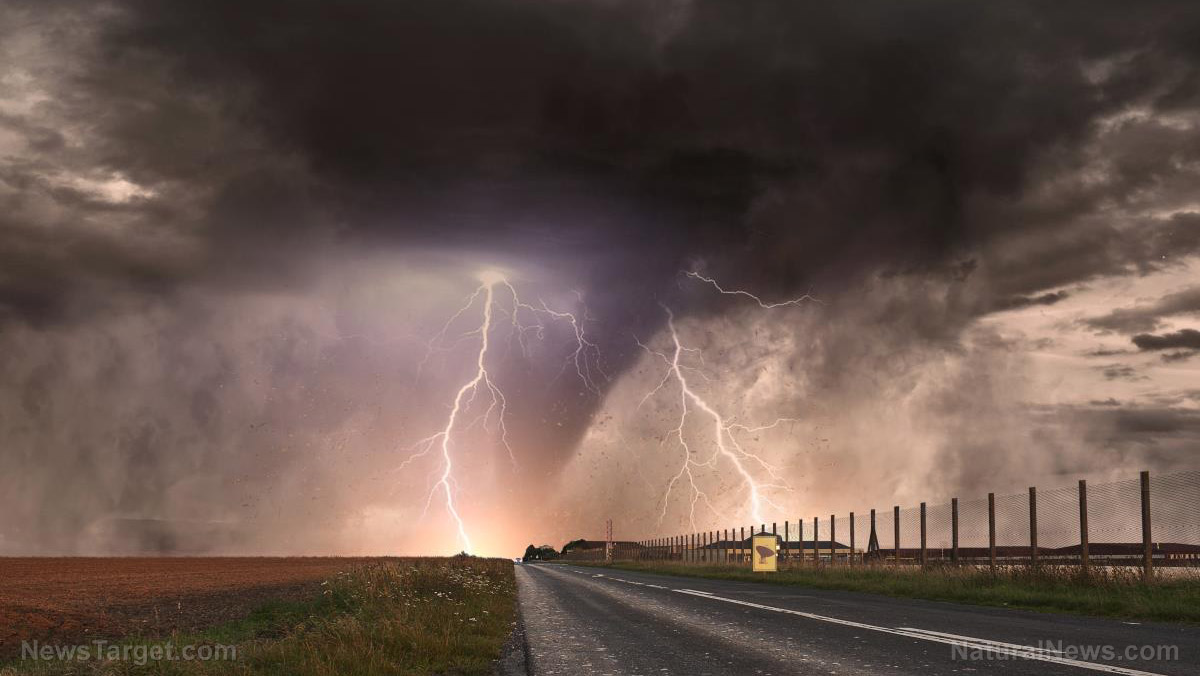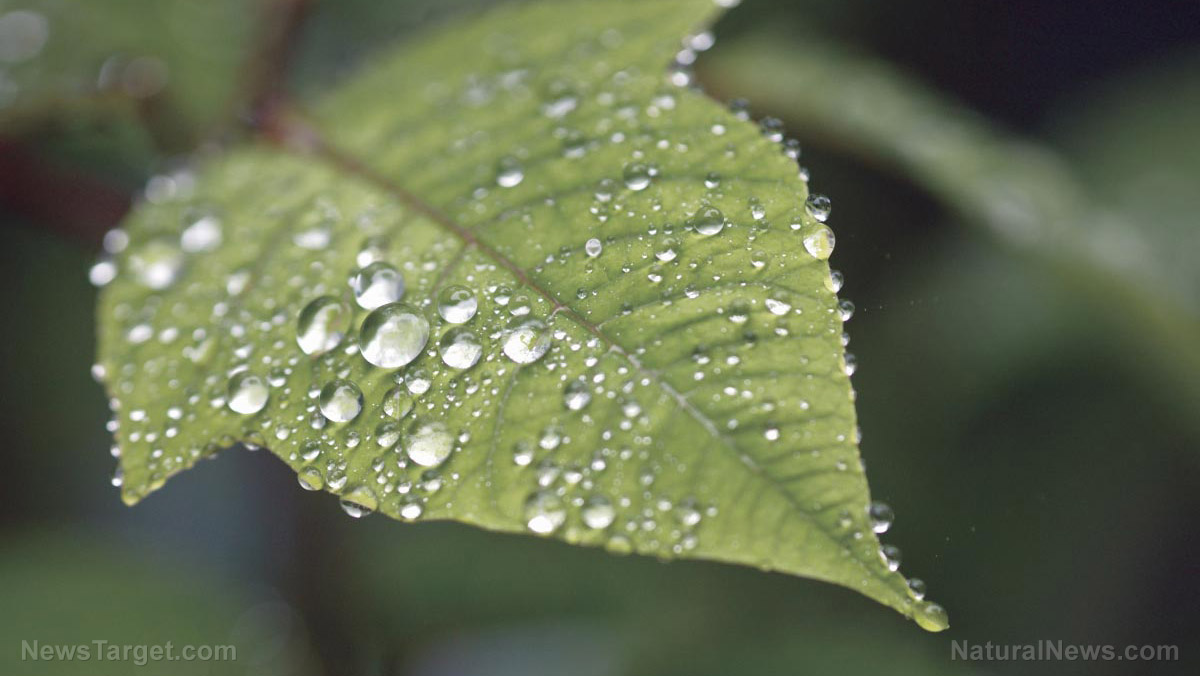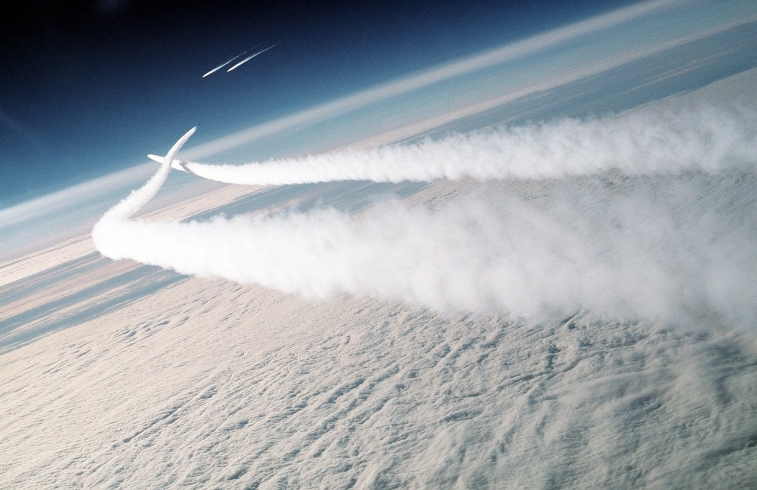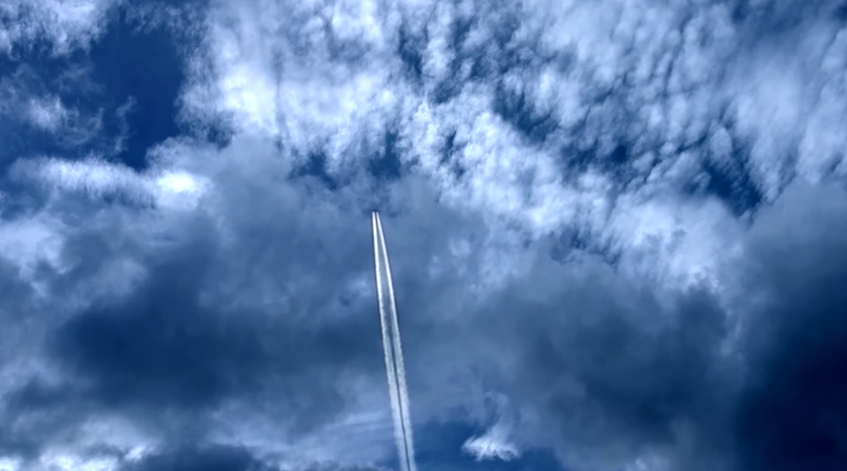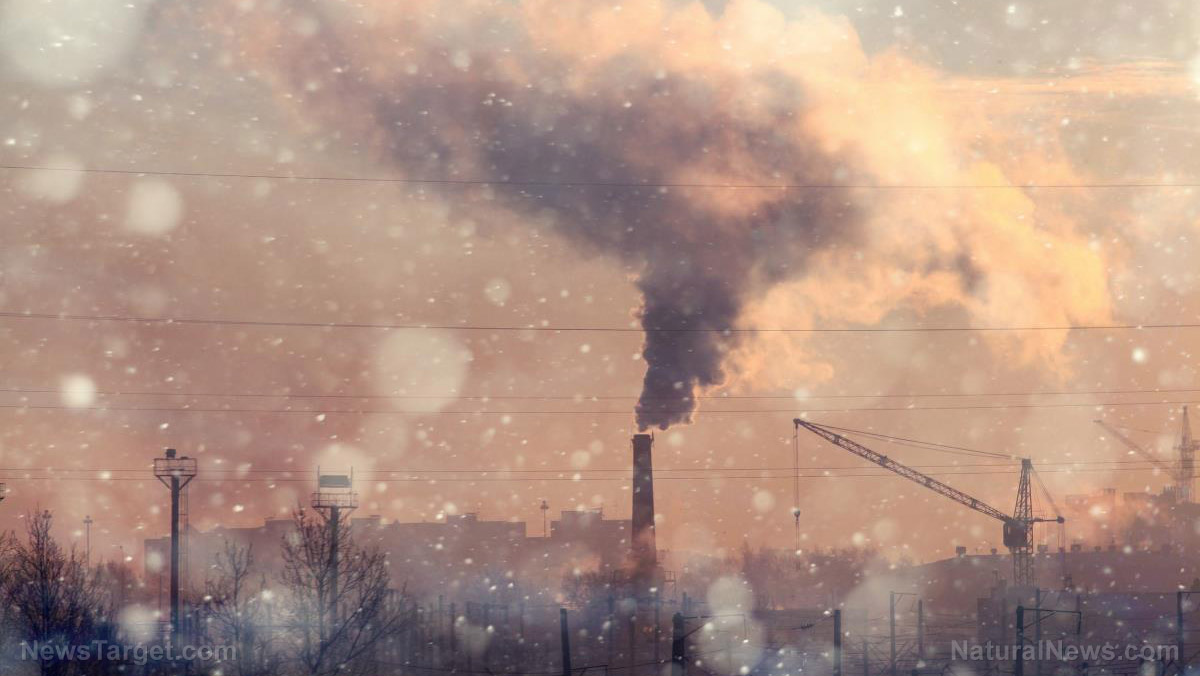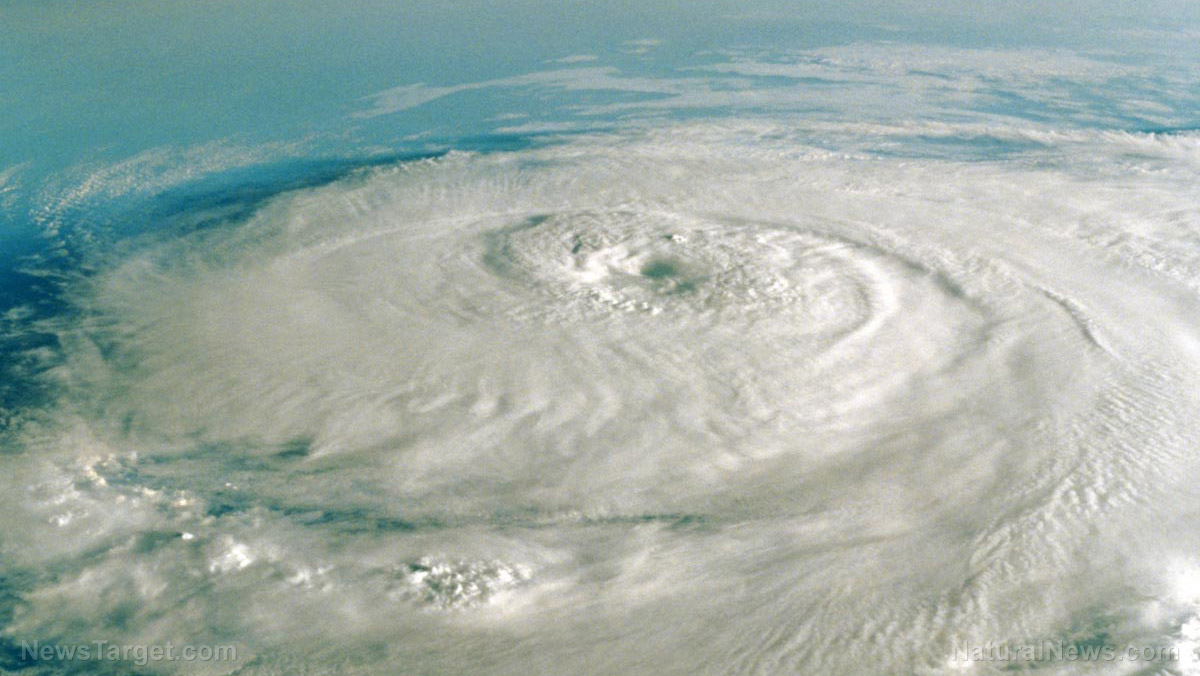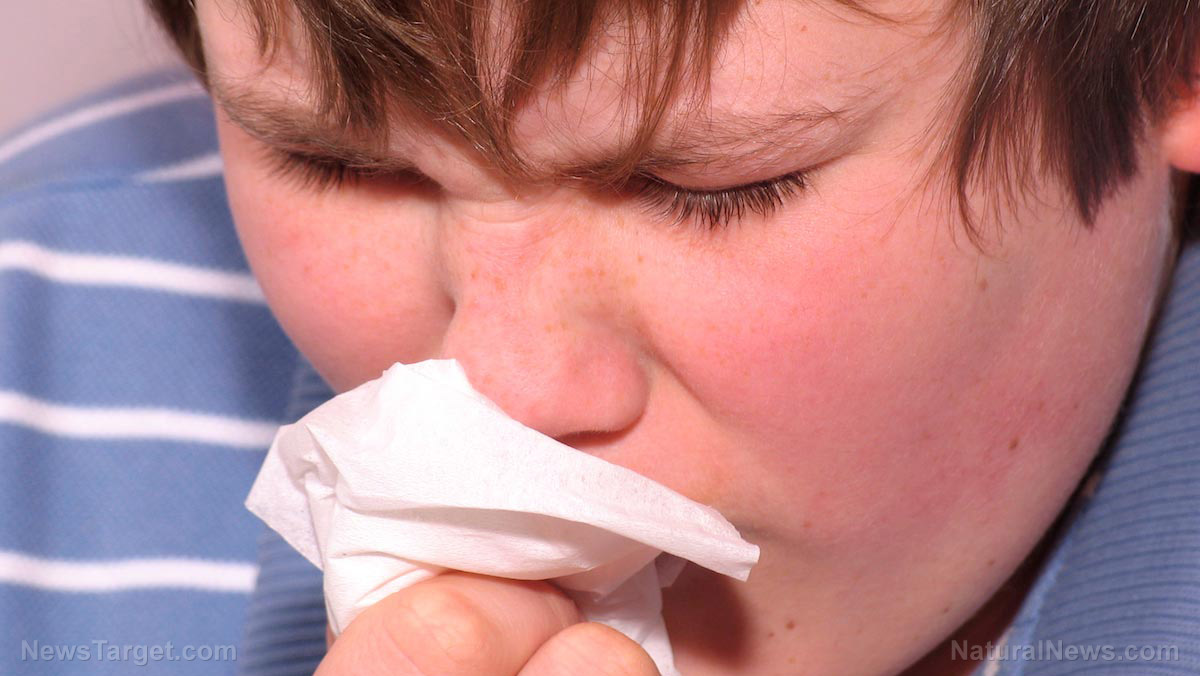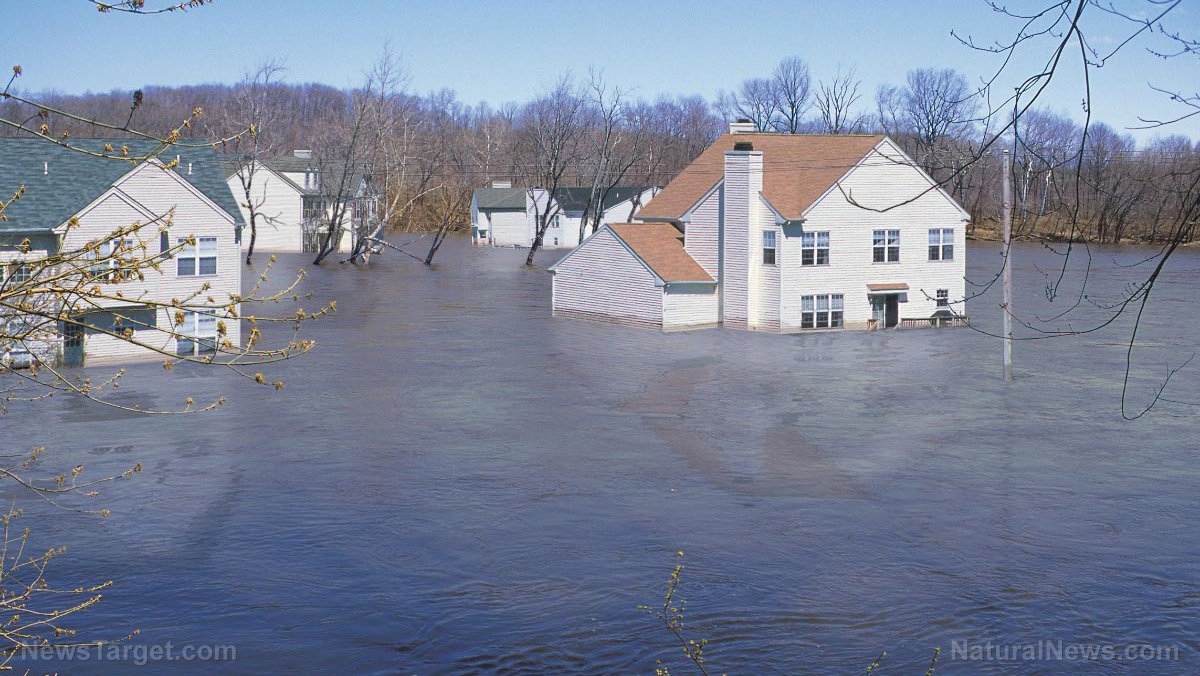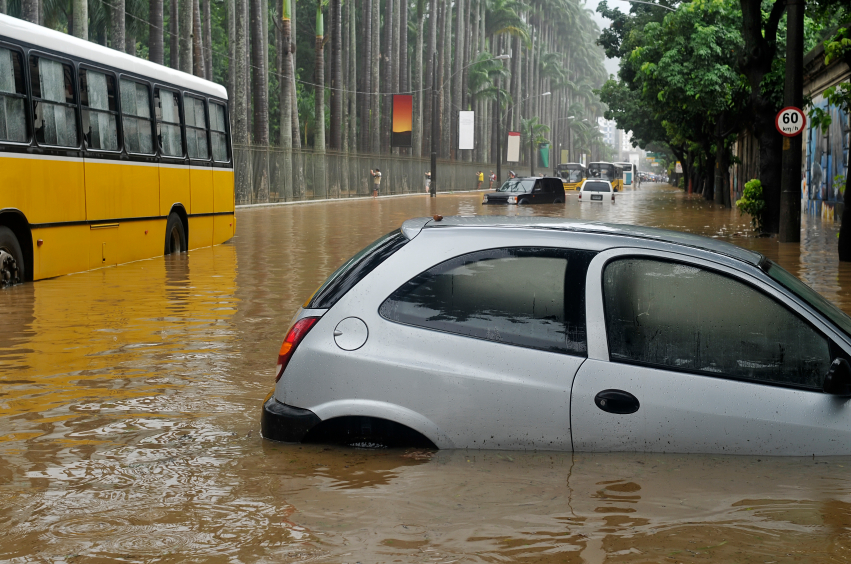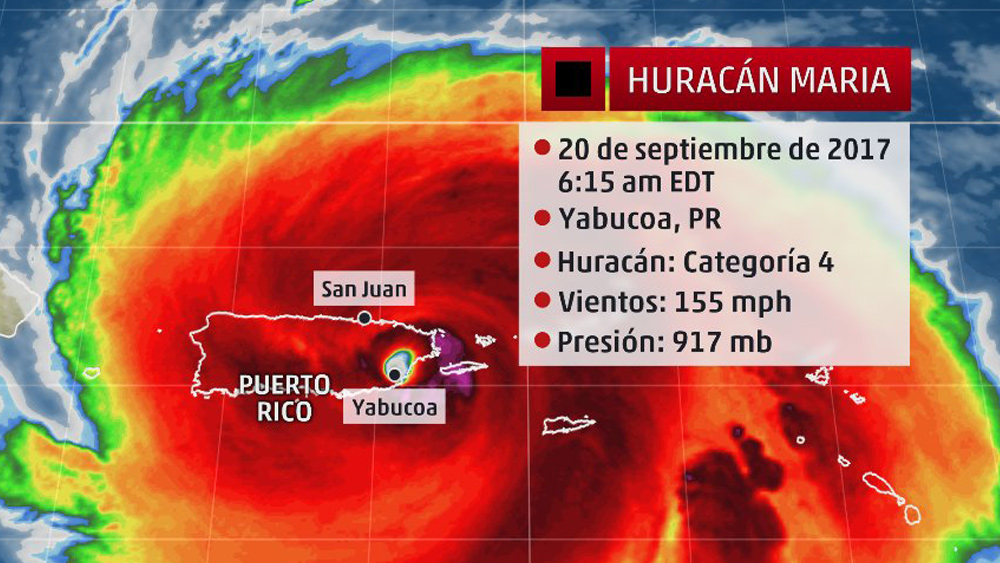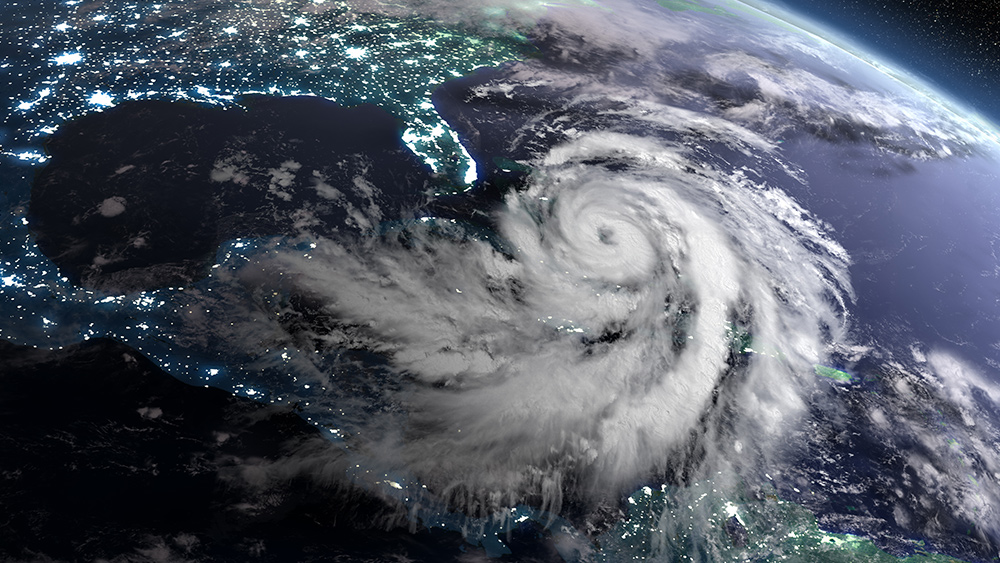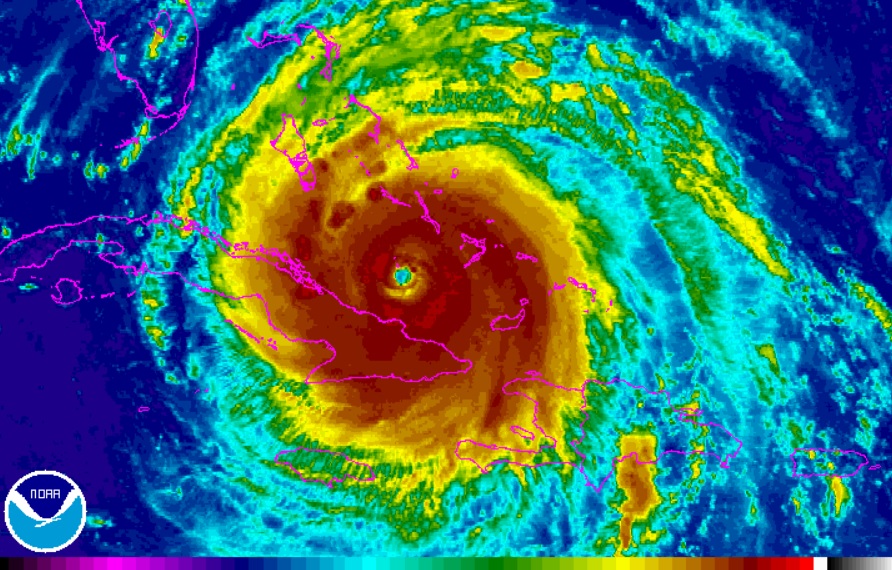Why are all the butterflies dying in the U.K.?
09/07/2017 / By D. Samuelson
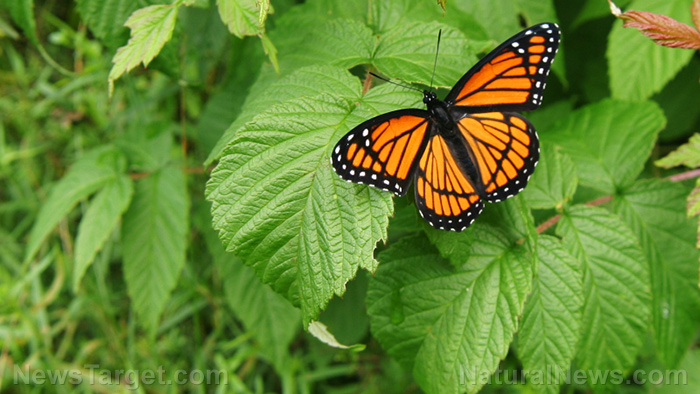
A new survey compiled by the British Department for Environment, Food and Rural Affairs (Defra) demonstrates the increasingly dire state of the butterfly and moth populations throughout the UK. As detailed by the Daily Mail, this most recent report concentrated on two particular classes of butterfly. The first group was “specific to a particular terrain” and the second larger class were the butterflies that are known to inhabit gardens, farms and the British countryside. The average reported decline in the populations of two groups was 61 percent and 41 percent, respectively
ButterflyConservation.org reports that Professor Tom Brereton, the “Head of Monitoring at Butterfly Conservation,” was one of the organizers of the study which was characterized as the “fourth worst year on record” for these important and delicate pollinators. Brereton attributes the losses to the butterflies’ inability “to cope with climate change, and how we manage the environment.” Mild winters, as well as cooler springs, can lead to more disease, behavior disruptions and a “delayed emergence leading to shortened lifespans.”
Ecologist Dr. Marc Botham, from the Centre for Ecology and Hydrology agrees:
The weather at critical times of species development can cause dramatic changes in population numbers in the short term. What is of greatest concern is the regularity with which these short-term changes in recent years are negative, resulting in significant long-term declines for many species.
This graph from the Daily Mail demonstates the scale of the losses of ten butterfly and moth varieties from 1978 through 2016. In just four decades, certain species native to Britain have been decimated between 62 percent and 96 percent.

The Dutch Elm Tree was the habitat of the butterfly at the top of the list, the White-letter Hairstreak. These trees were ravaged by disease in the 1970 and 1980s, leading that butterfly to near extinction.
One wonders why, in the most recent survey, the decline’s emphasis is on the butterflies’ inability to cope with climate change, but there is little mention of the detrimental effects of neonicotinoid pesticides. It was in November of 2015, less than two years ago, that the Butterfly Conservation group reported on a neonicotinoid study done by the Universities of Sussex and Stirling. This research was deemed the “first scientific evidence of a possible negative impact” of these pesticides on the UK butterfly population.
According to The Guardian, since a temporary ban on certain insecticides was implemented by the EU in 2013, a “fierce battle has been fought between environmental campaigners and farming and pesticide groups” over its use. Currently the EU is still considering a total ban “from all fields across Europe.”
In the meantime, the Butterfly Conservation group will continue its mission to protect the habitats and lives of threatened British and UK butterflies and moths, just like they’ve been doing since their founding 1968. With 30,000 members and a staff of 50, they are considered to be the “world’s largest research institute for butterflies and moths.” Their president, Sir Richard Attenbourgh is the legendary broadcaster and naturalist. His groundbreaking work on wildlife documentaries for the BBC heralded the dawn of the British conservation and environmental movements. Here’s a glimpse of one of his programs from 1979 called “Life On Earth.”
Sources:
Tagged Under: BBC's The Living Earth, Britain butterfly decline, Butterfly Conservation, cooler spring weather, decimation of butterflies, neonicotinoids, Sir Richard Attenborough, warm winters

